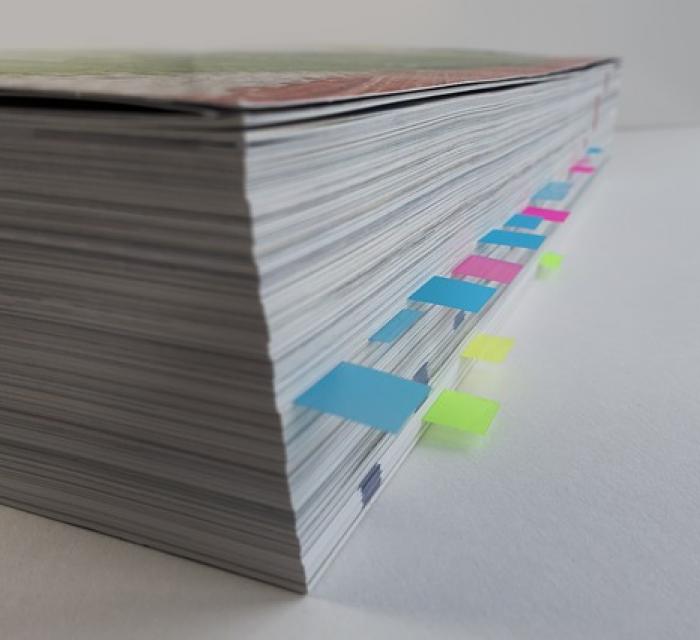3 tips on how to proceed if there are doubts during the tax audit
Based on our previous article you already know how to prepare for a tax audit without stress. But what happens after the inspectors study all the documents you have submitted?
If everything regarding the submitted documents is in order, the tax audit can be terminated very quickly without a finding. However, if the inspector raises any doubts as to the correctness, veracity or completeness of the documents submitted, they will then begin to examine these documents in more depth.
In this case, you can expect the following actions of the inspector:
- invite you in writing to provide further evidence, documents and explanations,
- perform a local enquiry on your company's premises or other business-related premises,
- invite your supplier to provide documents and explanations,
- summons witnesses.
In any case, if the tax administrator has doubts about the correctness, veracity or completeness of the submitted documents, he should first clearly state them and should invite you as a taxpayer to comment on these doubts, complete incomplete data, explain ambiguities and correct false data or duly prove veracity of the data. If you do not do so, the tax administrator will not recognize the tax expense or deduction of input VAT.
In practice, the tax administrator's doubts are clarified either in writing, where the tax subject also responds in writing within a specified period. However, it can also take place at an oral hearing, where the tax administrator will give you space to speak orally. In such a case, it is better to request a period for a written statement, because the reported doubts of the tax administrator often catch the tax subject by surprise and you will get time to think about your statement.
So what do we recommend to do if such doubts are raised by the tax administrator?
1. Prepare a new argument. To comment as fully as possible on the individual invoices at issue, to explain in detail what was the subject of the invoicing. We recommend sending a written statement.
2. Add evidence. We recommend adding invoices, orders, delivery notes, acceptance protocols, transport documents, email communication, photographs, etc. to invoices.
3. Suggest the taking of evidence that is not within your competence. This is mainly a proposal to hear witnesses. More about the use of witnesses in this article.
The tax audit can last for a maximum of one year, and during this period you may be confronted several times with requests from the tax office to submit additional documents or explanations to remove doubts. This means that even if you have already sent your statements and evidence to the inspector, the inspector may challenge them again, thus shifting the burden of proof again to you, and it will be your job to remove these new doubts again.
Let's put it bluntly: this process of removing the tax administrator's doubts is often time consuming, and if you do not provide sufficient argumentation and evidence, you can expect the tax audit to be completed with the finding.
If you have reached this stage in the tax audit and do not know how to proceed, do not hesitate to contact us. As part of our many years of experience in VGD, we already have extensive experience with how tax audits take place and we can represent you in the entire process so you come out of it with the least possible damage. We also recommend that you follow our website, Facebook or LinkedIn for more up-to-date information, as well as tips and advice on your business journey.




